Bilefix 300 Tablet (Ursodeoxycholic Acid 300mg)
| COUNTRY OF ORIGIN | India |
|---|---|
| DOSAGE FORM | Tablets |
| GENERIC NAME | Ursodeoxycholic Acid |
| INDICATION | Primary biliary cirrhosis |
| PACKAGING | 14 tablet in 1 strip |
| MANUFACTURER | Dr Reddy’s Laboratories Ltd |
| COMPOSITION | Ursodeoxycholic Acid (300mg) |
RODUCT INTRODUCTION
Bilefix 300 Tablet is used to dissolve certain gallstones and prevent them from forming. It is also used to treat a type of liver disease called primary biliary cirrhosis. It helps break down the cholesterol that has converted into stones in your gallbladder thereby dissolving the stones.
Bilefix 300 Tablet should be swallowed whole after a meal and with a glass of milk or water. The dose will depend on what you are being treated for and your body weight. Take it regularly to get maximum benefit and keep taking it for as long as prescribed (several months or longer). Keep taking it even if your symptoms disappear.
This medicine’s most common side effects are abdominal pain, diarrhea, hair loss, itching, nausea, and rash. Not everyone gets these side effects. If you are worried about them, or they do not go away, let your doctor know.
Before taking this medicine, you should tell your doctor if you have an inflammation of the gallbladder or bile ducts, you get frequent cramp-like pain in your upper abdomen, you have been coughing up blood or you have gained weight rapidly. Using this medicine can reduce or increase the effect of some other medicines so tell your doctor all other medicines you are taking. Women should discontinue hormonal birth control pills as they can increase the production of gallstones. During the treatment, you may need ultrasound scans, or frequent blood tests to check your liver function.
USES OF BILEFIX TABLET
- Treatment of Primary biliary cirrhosis
- Treatment of Gallbladder stones
BENEFITS OF BILEFIX TABLET
In Treatment of Primary biliary cirrhosis
The Marvellous Benefits of Ursodeoxycholic Acid: A Liver-Friendly Compound
Ursodeoxycholic acid, commonly known as UDCA, is a remarkable compound with a myriad of benefits for liver health. It’s a naturally occurring bile acid that can be found in small quantities in our bodies. However, it is also available in synthetic form as a medication. UDCA is known for its hepatoprotective properties, which means it helps protect the liver from damage and aids in its repair.
It’s widely used in the treatment of various liver disorders, including primary biliary cholangitis and gallstone dissolution. UDCA works by reducing the level of toxic bile acids in the liver and promoting the flow of bile, which can alleviate liver inflammation and help maintain healthy liver function.
Moreover, ongoing research suggests that UDCA may have potential applications in treating other conditions, such as certain types of liver cirrhosis and cholestasis in pregnancy. In this blog, we’ll delve deeper into the remarkable benefits and diverse applications of Ursodeoxycholic acid, shedding light on its liver-friendly properties and emerging therapeutic uses.
Breaking Down Gallbladder Stones: Treatment Options and Recovery
Gallbladder stones, also known as gallstones, are a common medical condition that can bring about intense pain and discomfort. When these tiny, hardened deposits form in the gallbladder, it can lead to a range of symptoms, including sharp abdominal pain, nausea, and vomiting. Fortunately, there are several treatment options available for individuals dealing with gallbladder stones.
One of the most common and effective methods is cholecystectomy, a surgical procedure to remove the gallbladder. While the idea of losing an organ may seem daunting, the gallbladder is not essential for normal body function. Patients can live a healthy life without it. Alternatively, for those who cannot or prefer not to undergo surgery, non-surgical methods like oral dissolution therapy may be employed.
This approach involves medications, such as Ursodeoxycholic acid, to gradually dissolve smaller gallstones. In this blog, we’ll explore these treatment options in more detail and discuss the recovery process, helping you make informed decisions about managing gallbladder stones and regaining your health and comfort.
A Comprehensive Guide to Gallstones Treatment: From Surgery to Natural Remedies
Gallstones, small, solid particles that form in the gallbladder, can cause significant discomfort and health issues. When faced with gallstones, individuals have a range of treatment options to consider. One of the most common approaches is surgical removal of the gallbladder, a procedure known as cholecystectomy. While it may sound intimidating, living without a gallbladder is entirely manageable, as the body can adapt to the changes.
However, for those who prefer non-surgical alternatives, there are natural remedies and medications available, like Ursodeoxycholic acid, which can help dissolve gallstones over time. In our comprehensive guide to gallstones treatment, we’ll explore the pros and cons of each approach, discuss dietary and lifestyle changes that can aid in gallstone prevention, and provide insights into what to expect during recovery. Whether you’re considering surgery or looking for non-invasive options, this guide will help you make informed decisions about managing gallstones and regaining your well-being.
Navigating Primary Biliary Cirrhosis: Treatment, Hope, and Healing
Primary Biliary Cirrhosis (PBC), a rare autoimmune liver disease, presents unique challenges to those diagnosed with it. While the condition may be chronic, advances in medical science offer hope and effective treatment options. PBC primarily affects the small bile ducts in the liver, leading to inflammation and scarring.
Ursodeoxycholic acid (UDCA) is the standard treatment for PBC, and it can significantly slow the progression of the disease, allowing individuals to maintain their liver function and overall quality of life. Furthermore, emerging therapies and clinical trials provide promising avenues for those seeking alternatives. In this blog, we’ll delve into the world of PBC, exploring its causes and symptoms, and shedding light on the treatments, including UDCA and potential future breakthroughs that can make living with PBC a manageable journey towards healing and hope.
SIDE EFFECTS OF BILEFIX TABLET
Common side effects of Bilefix
- Abdominal pain
- Diarrhea
- Hair loss
- Itching
- Nausea
- Rash
HOW TO USE BILEFIX TABLET
HOW BILEFIX TABLET WORKS
SAFETY ADVICE

Alcohol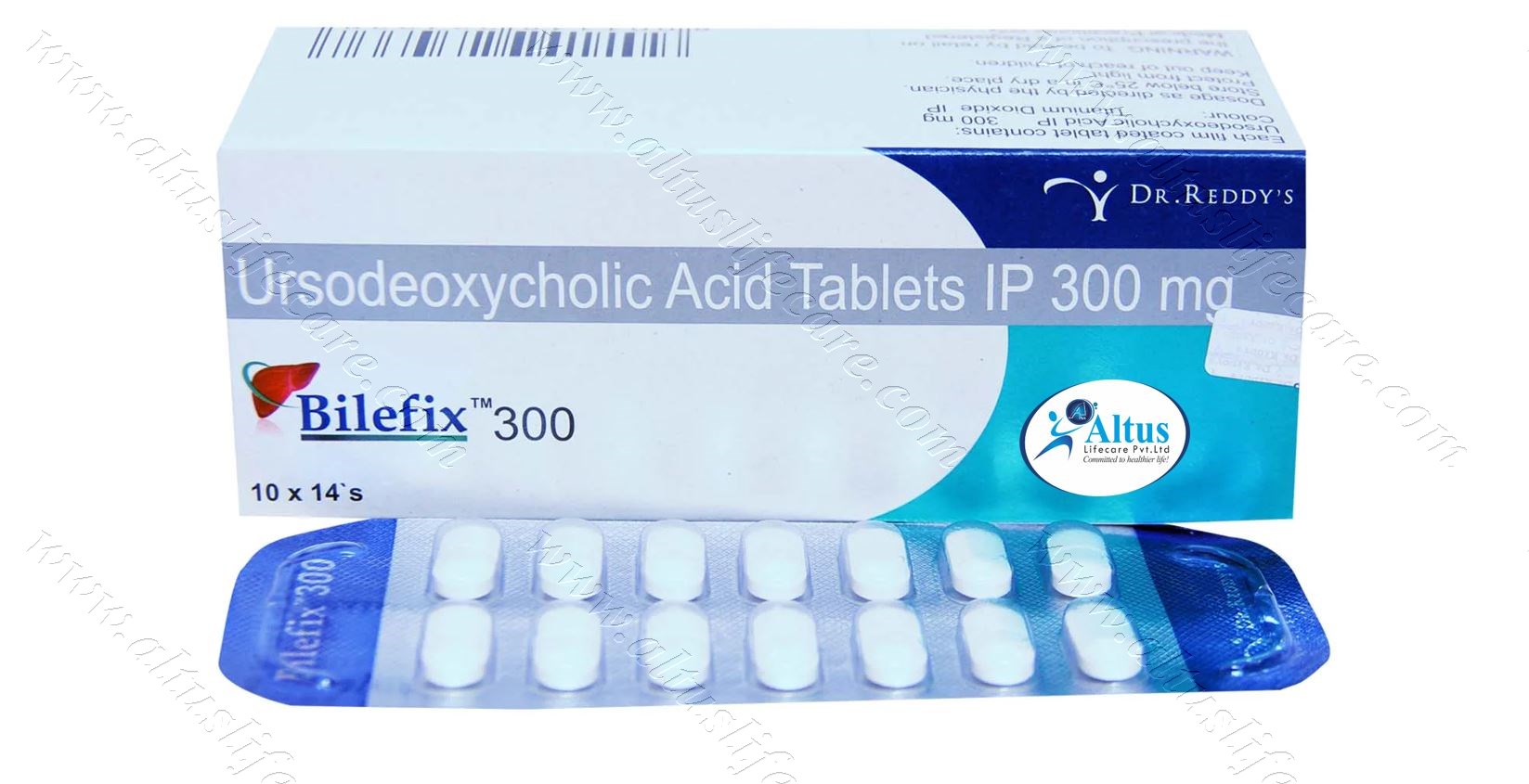

Pregnancy

Breast feeding

Driving

Kidney

Liver
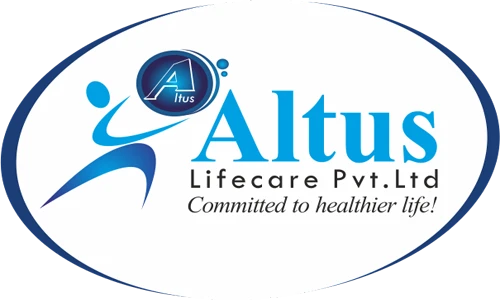
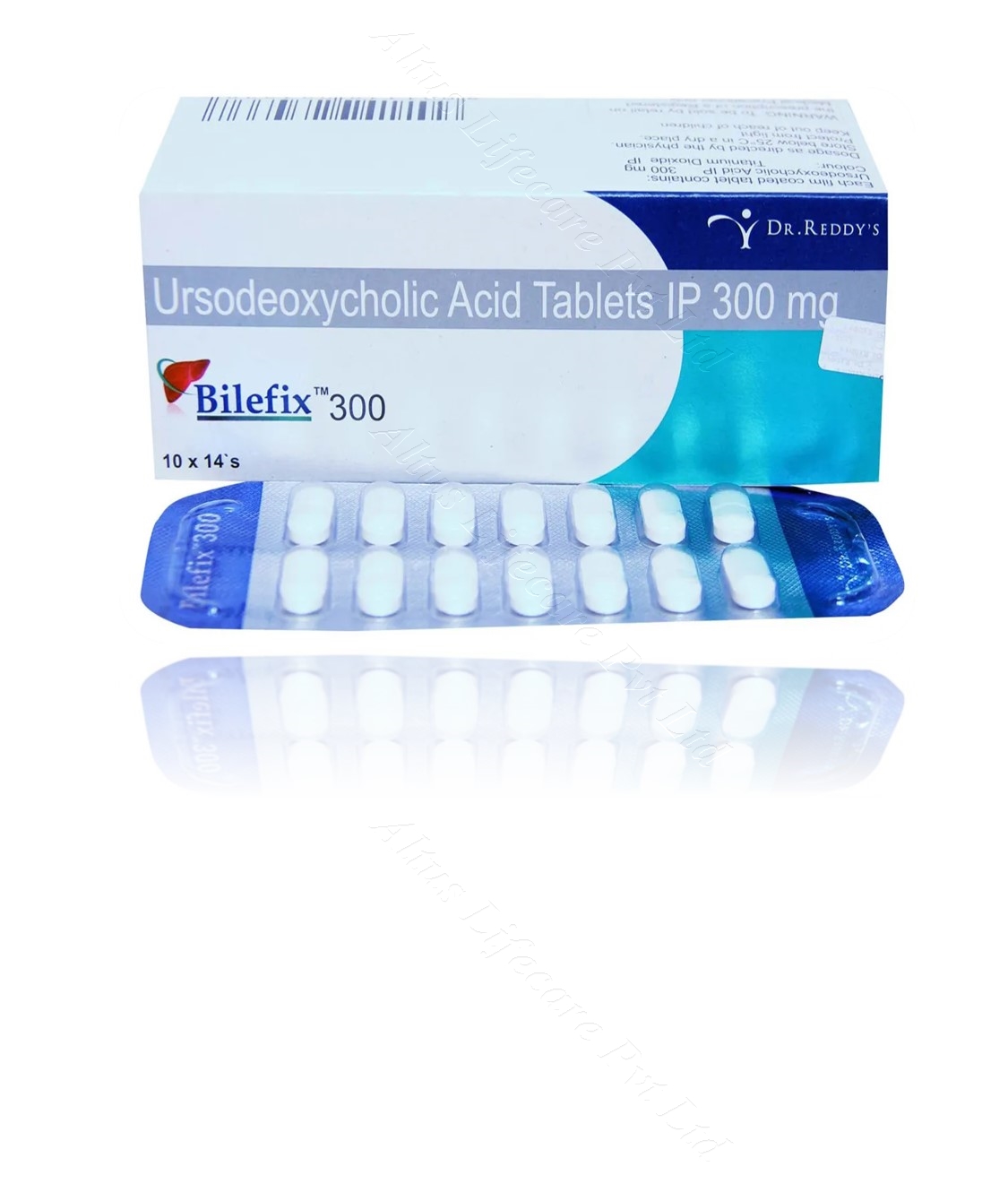
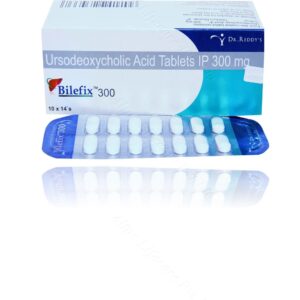

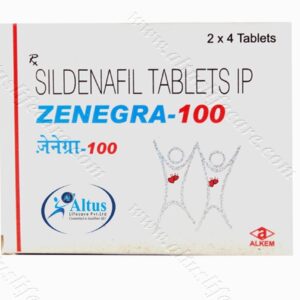
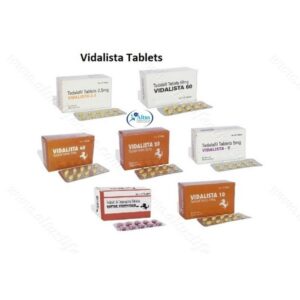
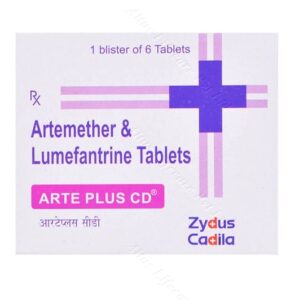
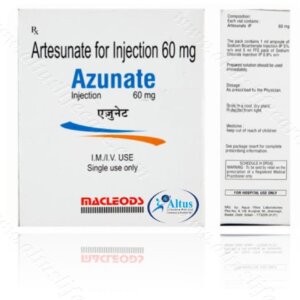
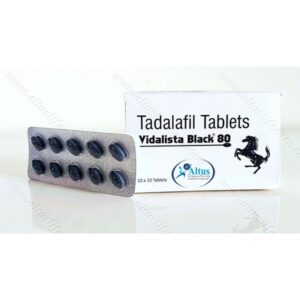
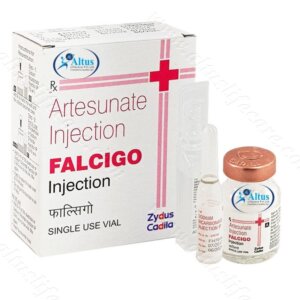


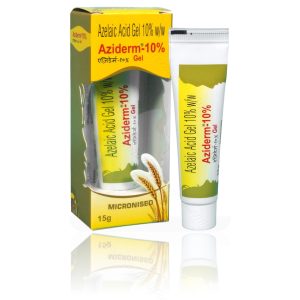
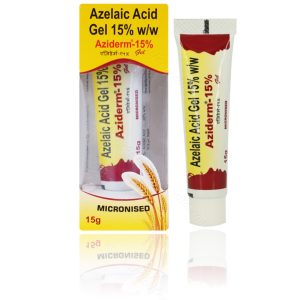

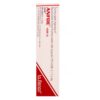
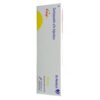


Mylah (verified owner) –
“This product has become an essential part of my daily routine in the fight against liver disease. Highly recommend.”
Wrenley (verified owner) –
“A reliable and effective solution for liver disease. This product has become an essential part of my wellness plan.”